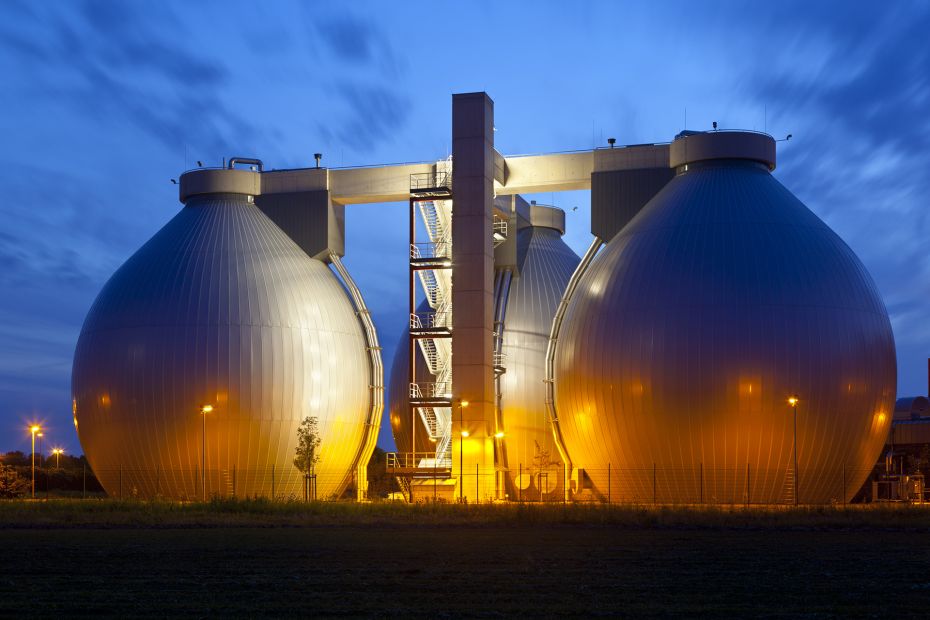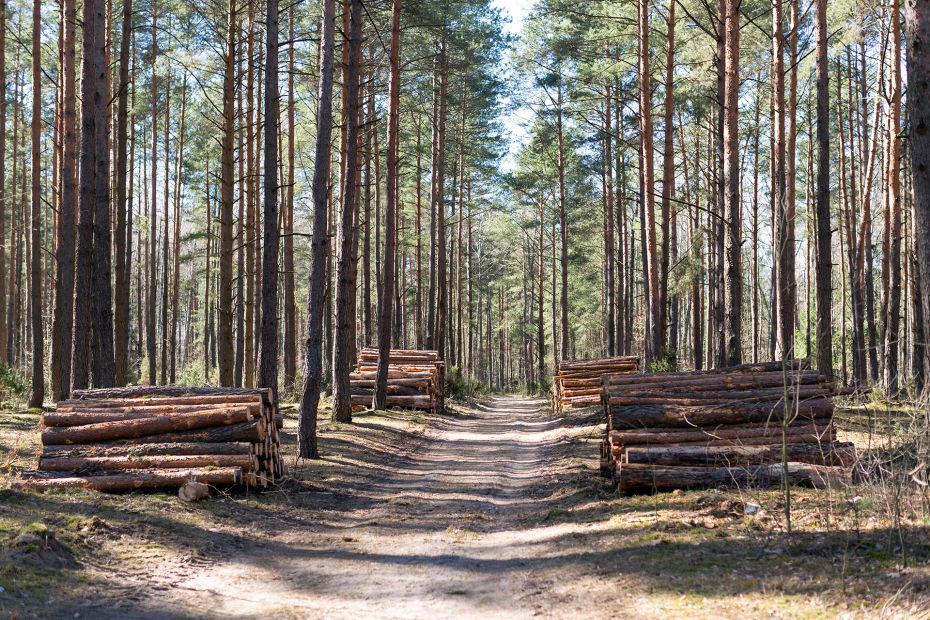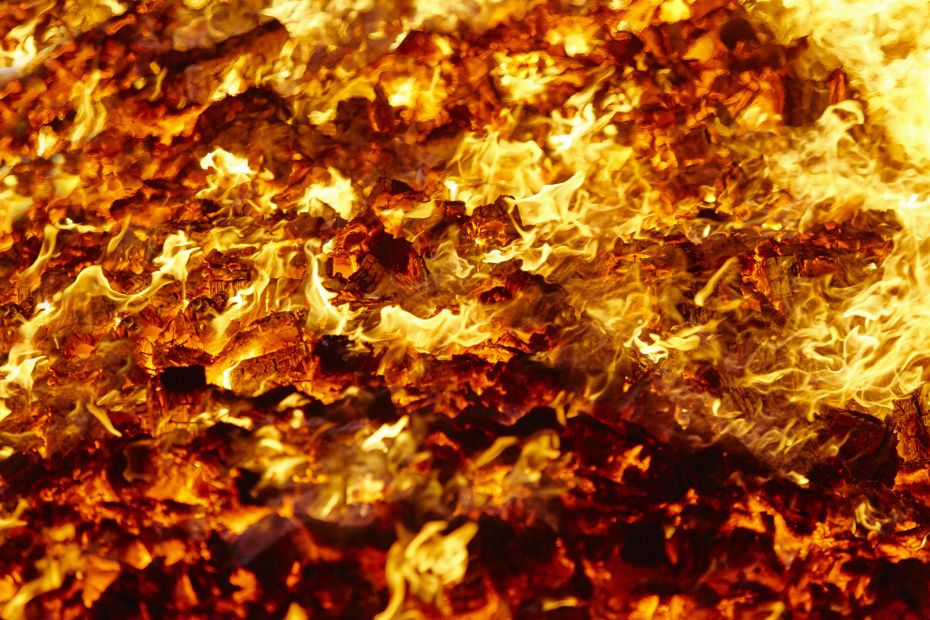Exhaust gas heat exchangers
Our exhaust gas heat exchangers are primarily used in combined heat and power (CHP) plants. Combined heat and power plants produce both heat and electricity, making them particularly energy efficient in comparison to other technologies. Thus CHP plants also play an important role in the future energy mix.
In an exhaust gas heat exchanger, the hot exhaust gas from the CHP engines or CHP gas turbines is cooled, in the process heating water, a water-glycol mixture or thermal oil. This thermal energy can be used in a local or district heating system or for other industrial purposes.
The maximum possible cooling of the exhaust gas depends on the fuel gas used in the respective CHP plant. If it is possible to ensure a high fuel quality, then an additional efficiency increase can be realized by using condensing technology.
Designs
Since our exhaust gas heat exchangers are designed and constructed on a project-specific basis, we can offer highly customized solutions and thus an ideal match for the technical and structural framework conditions.
The most common designs are shown below.


Bypass
A bypass can be used to decouple the heat exchanger whenever the thermal output isn't needed. The bypass is typically located above the heat exchanger, but can also be mounted on the side.
The bypass flaps can be equipped with electric or pneumatic actuators and/or can be operated manually. We also supply separate bypass T-connectors.

Catalyst chamber
In this design a catalytic converter can be installed into the heat exchanger inlet chamber. This is often required for applications in which oxidisation catalysts are required for emissions reduction reasons.
The catalytic converter can be mounted either via the chamber cover or via a side inspection opening.

Safety technology
The safety technology systems are designed in close cooperation with our customers, the planners and the operators in order to meet the respective project requirements and are fitted with the required controls and instruments.
The exact implementation can vary widely and depends on whether the application involves warm water, hot water or thermal oil.





































































